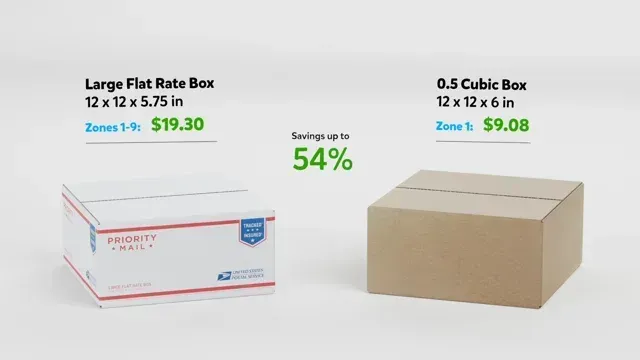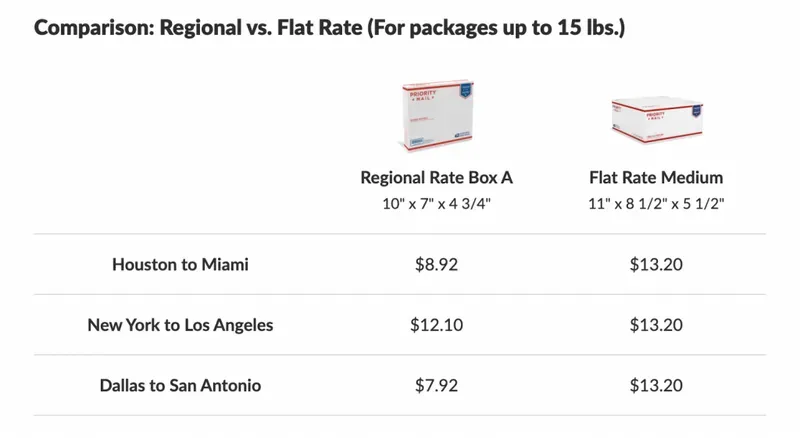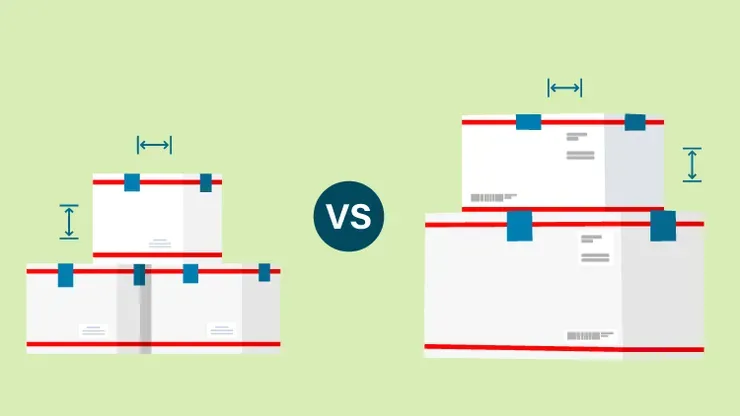Free Shipping vs Flat Rate: Best Strategy Revealed!
By Sonaksh Singh Rawat on 2/19/2024 · 5 minute read
Unlock the Secret to Affordable & Fast Shipping: The Ultimate Guide to Flat Rate Magic!
What is Flat Rate Shipping & How Does Flat Rate Shipping Work?
Before we dive into the comparison of free shipping vs flat rate, let’s understand what Flat rate shipping is.
Flat rate shipping is changing how e-commerce and delivery systems operate, presenting a more straightforward approach to understanding shipping costs for everyone involved. The flat rate shipping model method introduces a standardized pricing model that simplifies sending packages by providing a consistent rate, unaffected by the package’s weight or dimensions, within certain limits.
This approach is gaining popularity due to its simplicity and predictability. Suitable for both small startups and large corporations, grasping the mechanics of flat rate shipping could drastically improve shipping strategies.
What is Flat Rate Shipping?

Flat rate shipping presents a simple solution when it comes to sending packages, offering a fixed fee regardless of the parcel’s weight, size, or distance it needs to travel. This approach simplifies the mailing process for both the sender and recipient.
It is particularly advantageous for items that are heavy or large, often providing a cost-effective alternative to traditional shipping methods that are based on weight or dimensions. Adopted by both national postal services and private courier companies, flat rate shipping is recognized as a reliable and often more affordable option for dispatching goods.
How does Flat-rate Shipping work?

Flat-rate shipping operates on a simple yet effective principle. Here’s what generally happens:
- Fixed Shipping Rate: Regardless of a package’s size, weight, or destination, a single flat fee applies, adhering to predetermined limits.
- Ready-Made Options: Carriers usually offer a range of standard box sizes at a flat rate, simplifying the process of choosing packaging.
- No More Zone Worries: The cost remains the same with flat-rate shipping, eliminating concerns over shipping zones or the distance a parcel travels within the country.
- Simplicity in Budgeting: Organizations can easily calculate shipping costs, avoiding complex calculations for each package with flat-rate shipping.
- Captivating for Shoppers: A uniform shipping rate is attractive to consumers, making it easier for them to budget for their purchases.
- Swift and Handy: Often includes options for quick shipping, balancing speed and cost-effectiveness.
- Perfectly Suited for Specific Items: Flat-rate shipping is ideal for sending small, heavy, or dense items that could be costly to ship by other methods.
Economy vs Flat Shipping
Economy Shipping
- Opting for economy shipping can indeed be a budget-friendly choice. The delivery process is designed to ensure packages arrive securely, without putting a strain on one’s finances. Yet, it’s important to note that this method is not ideal for urgent deliveries due to its slower pace.
- Frequently recognized as the most economical option.
- The costs vary, influenced by factors such as the distance to the destination, the package’s weight, and its size.
- This shipping method is well-suited for non-urgent items that are relatively light.
Flat Rate Shipping
Flat rate shipping presents a straightforward option compared to traditional shipping methods by offering a consistent fee for all packages, regardless of their weight or destination. This model is advantageous for both consumers and merchants.
Consumers appreciate the predictability of shipping costs, avoiding any unexpected fees, while merchants benefit from the simplicity of managing logistics and pricing.
- Offers a single, uniform price for all packages of the same size.
- Generally delivers goods faster than the conventional shipping options.
- Ensures the shipping cost remains unchanged, not affected by the package’s distance or weight, given it adheres to the specified limits.
- Ideal for shipping larger, heavier items or when a swift delivery is crucial.
Free Shipping vs Standard Shipping

Pricing:
- Free Shipping: Available at no additional charge.
- Standard Shipping: Requires a shipping fee, determined by the package’s weight, dimensions, or distance traveled.
Influence on Purchases:
- Free Shipping: This often increases the number of transactions, as customers are naturally attracted to “complimentary” deals.
- Standard Shipping: If the cost appears high, standard shipping fees might lead customers to abandon their carts.
Delivery Pace:
- Complimentary Shipping: This option might be slower, as it usually involves cost-effective delivery methods selected by the companies.
- Standard Shipping: Swifter alternatives are available, though they come with an additional fee.
Expense:
- Free Shipping: Businesses sometimes choose to cover shipping costs themselves, potentially offsetting this expense by adjusting product prices.
- Standard Shipping: This cost is passed on to the customer, alleviating the financial responsibility from the company.
What Customers Want:
- Free Shipping: The option of complimentary shipping holds an undeniable appeal, frequently attracting customers with the lure of potential savings. Yet, it can unintentionally raise the bar for further benefits. Conversely,
- Standard Shipping: Implementing charges for standard shipping sets explicit expectations, enabling customers to accurately forecast delivery timelines.
Conclusion
Zin this free shipping vs flat rate comparison it is evident that the allure of flat rate shipping is found in its simplicity and predictability, benefiting both sellers and buyers. By assigning a fixed price to packages falling within certain dimensions and weight guidelines, it simplifies the shipping process.
This approach is particularly advantageous for businesses handling merchandise of consistent size or weight, as it allows for a streamlined shipping operation. On the customer side, the advantage of straightforward and consistent pricing enriches the shopping experience, leading to greater satisfaction and loyalty.
Understanding the fundamentals of flat rate shipping is essential for businesses looking to enhance their delivery strategies, as well as for consumers seeking the best shipping options.
FAQs
How to select the best flat rate shipping solution?
Selecting the ideal flat-rate shipping solution depends on recognizing one’s specific requirements. Considerations should include the dimensions and weight of the items, the volume of shipments being dispatched, and the available budget.
Comparing the services provided by leading carriers like USPS, FedEx, or UPS is crucial, as each offers a variety of flat-rate options encompassing different box sizes and delivery speeds. The choice should align with the business’s needs while satisfying customer expectations.
How fast is the delivery time for flat rate shipping?
Shipping times using flat rate options vary by carrier, typically delivering domestic packages within 1 to 3 business days. For faster delivery, carriers offer expedited shipping options at an additional cost. International shipments with flat rate shipping may experience extended delivery times due to the destination country’s customs procedures.